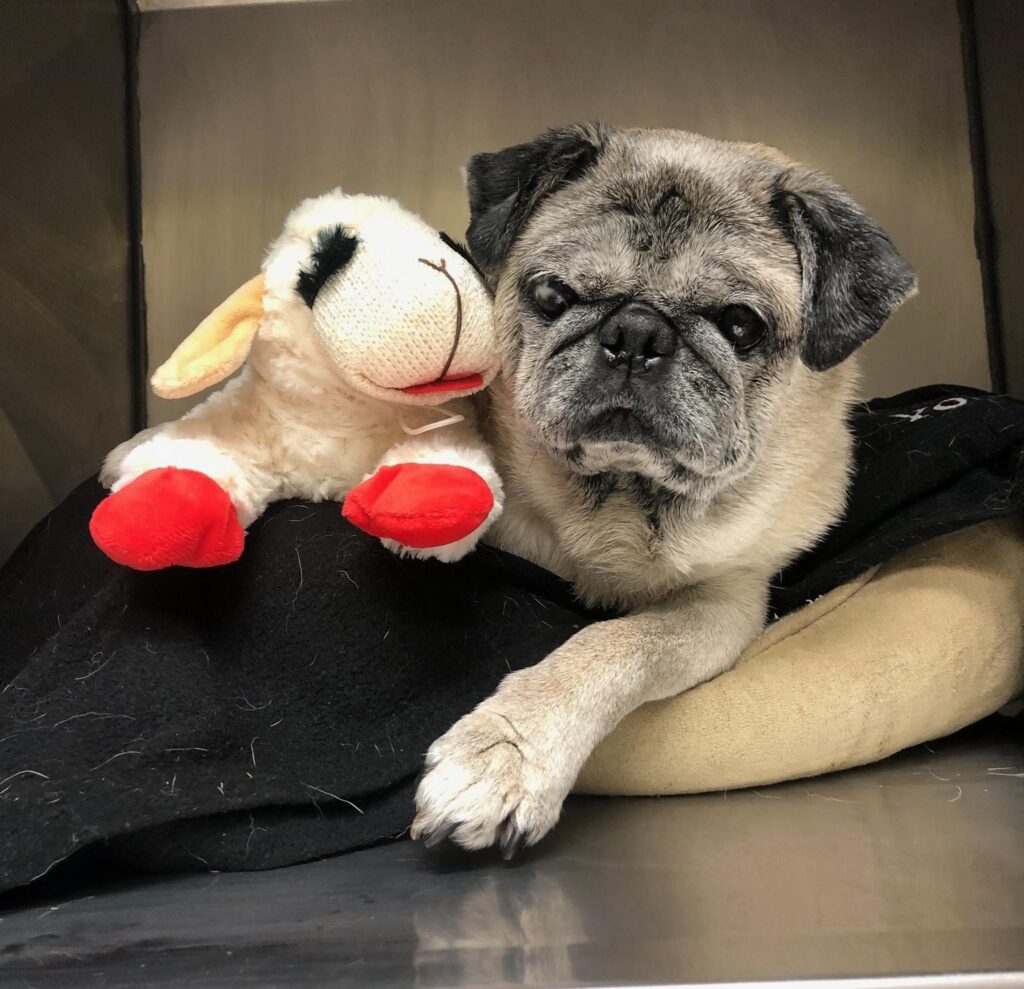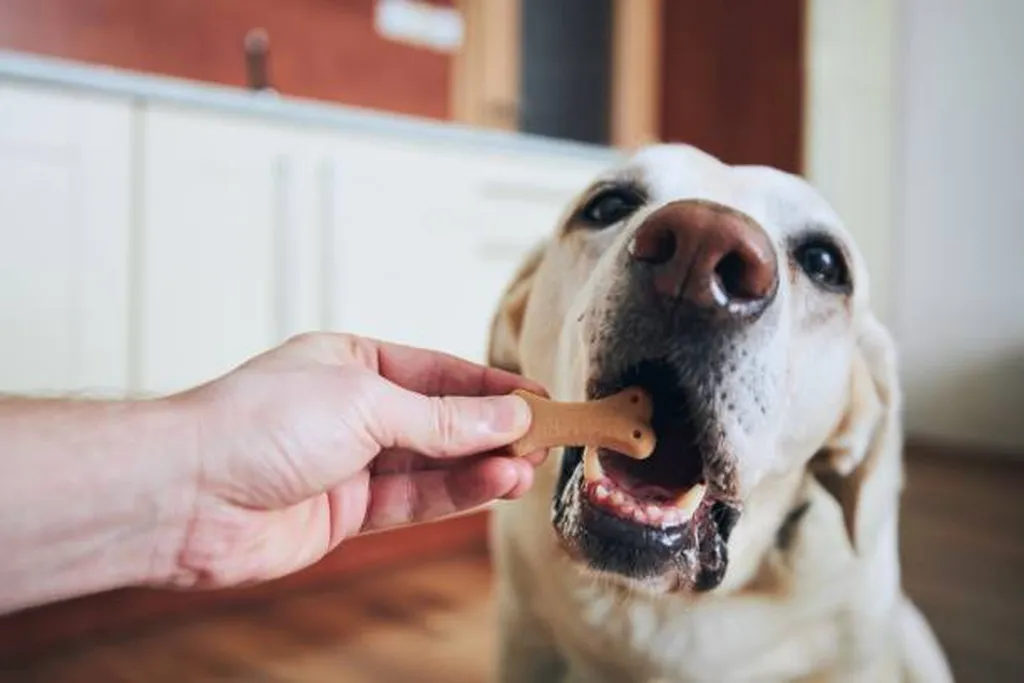What Is Pet Microchipping and How Does it Work?
A microchip can save your pet’s life. This tiny little device is about the size of a grain of rice and sends out radio waves that contain a unique identification number. Similar to receiving a vaccine, the microchip is usually inserted under the skin’s surface between the shoulder blades of your pet using a needle.
When microchipped, if your dog or cat (or pig or goat or bear) were to stray from your peaceful abode, a veterinary clinic or shelter would scan your pet and you would be contacted to be reunited. A microchip does not have the capability to tell you where your animal is located (wouldn’t that be great!), and the microchip cannot be used to collect information sensitive information that can be tracked or measured by third parties or governments.
Understanding Different Types of Microchips and Databases
There are amazing stories of numerous pets being reunited with their humans thanks to their microchips. However, regarding specifications and maintenance for different types of microchips, there are a few of important things to keep in mind when getting your pet microchipped.
There are actually 3 different radio frequencies used by different microchip companies. This means not all microchip scanners and microchips are created alike. Some scanners can only detect one radio frequency, which means the scanner will not pick up a microchip with a different radio frequency.
Fortunately, there is a movement to have universal microchips and scanners, called the “ISO standard”. This is the 134.2 kHz frequency and is the global standard for microchips. There are also universal scanners that can read ALL types of microchips!
There are also differences in the registration procedures for different microchip companies. The registration procedure is what actually links your information to your pet’s unique ID number so that you can easily be reunited once your pet’s microchip is scanned.
Each microchip company maintains their own database, too. Some charge an annual fee, some charge a one-time fee, and some are free with the purchase of the microchip. Luckily, there is a central website where you can search a microchip number and find out which company to contact to reunite the found pet with it’s owner. The company will either contact the owner directly or share the owner’s contact information with the veterinarian requesting the information.
Registering Your Pet’s Microchip
It is very important to register your information to a microchip once it has been placed in your furry friend. Additionally, remember to update your information if you move or change contact information – both with your veterinarian as well as on your microchip registry. Your veterinarian will have a record of your microchip number, but cannot contact you if your information is out of date.
Once your pet has received a microchip, there is very little maintenance needed. Simply periodically check to make sure your pet’s microchip is working. All it takes is a quick scan the next time you visit your veterinarian’s office.
There are numerous microchip companies available including: PetLink, AVID, AKC CAR/EID/Reunite, Home Again, ResQ, 24 PET WATCH, Lifechip, Banfield Trupaws, Datamars. Be sure to ask for recommendations from your veterinarian towards the microchip you are purchasing, as they are NOT all created equally.
Oak Forest Veterinary Hospital strongly recommends the use of pet microchipping. We are here to help make the process as easy and organized as possible. Call or visit us today to get your pet microchipped and registered today.


